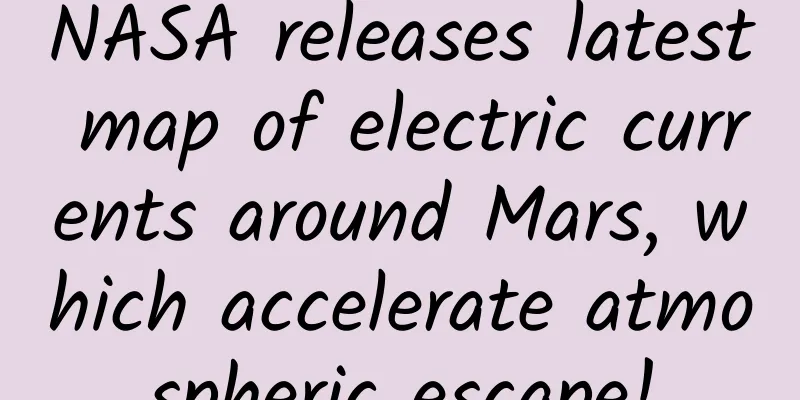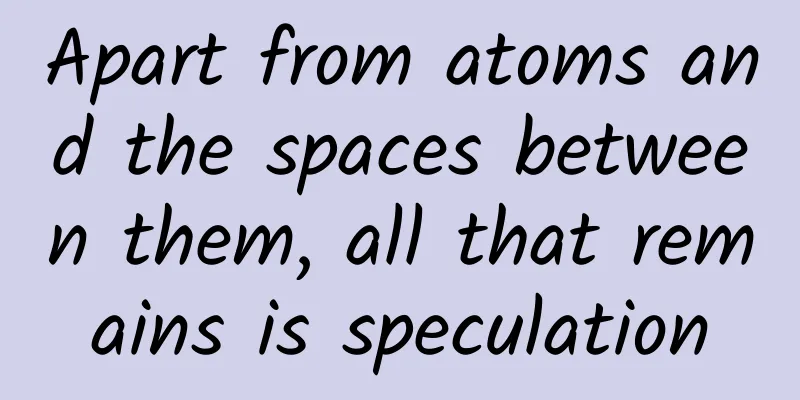Directly or indirectly, which is the better way to put a satellite into orbit?

|
In many people's impressions, satellite orbiting seems to be very simple, and it is a natural thing after normal separation from the rocket. In fact, the process of satellite reaching the target orbit is generally divided into two ways. The first is direct orbital entry, which is the well-known method of launching a satellite directly into a predetermined orbit by a rocket. The second is indirect orbital entry, where a rocket first launches the satellite into a parking orbit at a lower altitude, and then the satellite starts its own engine to accelerate and finally enters the target orbit at a predetermined altitude. In this process, the satellite generally implements the so-called "Hohmann transfer", which is to start the engine and accelerate at the perigee and apogee of the elliptical transfer orbit. Why do satellites choose indirect orbit entry? To understand this, we need to compare the advantages and disadvantages of the two orbit entry methods. If a satellite chooses to enter orbit directly, it will be faster. Although the rocket is almost in a powered flight state during the entire process, it consumes a lot of propellant, but since the satellite does not need to be turned on, it can save onboard propellant, thereby achieving the miniaturization and lightness of the satellite and extending its orbital life. In contrast, when choosing the indirect orbital insertion method, the rocket only needs to deliver the satellite to a lower orbit, consuming less propellant, so more payload can be delivered at the same takeoff mass. However, since the satellite needs to be powered on, the demand for propellant increases greatly, and the orbital insertion time is longer, which faces greater risks. For example, the operation and control of the satellite will be more complicated. The ignition duration and ignition time of the two startups must be calculated in advance, the thrust size and direction need to be precisely controlled, and the satellite's attitude, power supply and distribution, thermal management, etc. must also be precisely managed during long-term transfer orbit flight. In this regard, lessons from failure are not uncommon. At the end of February, the US SpaceX company launched the first batch of "mini" second-generation Starlink satellites. According to the plan, these satellites were first sent to an orbit at an altitude of about 370 kilometers, and began to maneuver to increase the orbit a few days later. However, there was a problem with the satellite orbit transfer flight, and the respective orbital altitudes gradually decreased at different speeds. They were forced to "repeat the test" between the orbital altitudes of 340 and 360 kilometers, and at least two satellites re-entered and burned. The Falcon 9 rocket's final stage camera captured a photo of the rocket and the second-generation Starlink "mini" satellite about to separate in space. (Source: SpaceX) So, which is better, direct or indirect orbital entry? This is actually determined by the mission requirements. If you have to buy time for an emergency launch or space rescue mission, it is better to use a direct orbital entry method. If the mission has ample time and you want to send more and heavier payloads into space, and the team is confident in the reliability of the satellite product, then it is better to give the satellite an opportunity to climb autonomously. (Author: Zheng Xiong) |
>>: It turns out that the “little tail” behind the shoes has such a big function!
Recommend
Yinchen Herbal Effects and Functions
It is a relatively common herb among Chinese herb...
The efficacy and function of cockscomb seedlings
Recently, major TV channels have launched various...
Who should not eat Dendrobium?
Fresh Dendrobium is a very common medicinal mater...
What is the recipe of Cistanche deserticola?
Everyone knows that Cistanche is a medicinal mate...
The efficacy and function of Heifengsangen
Nowadays, our living standards are constantly imp...
Japan's Tourism Industry - Who is choosing package tours?
Organizing a trip can be a stressful affair. Ther...
The efficacy and function of purple stem toothache grass
The Chinese herbal medicine Purple Stem Toothache...
How to slice dried velvet antler?
Dried velvet antler is not only a very precious m...
How much black wolfberry should be used
Many people think that black wolfberry is very go...
What are the effects and functions of whole Trichosanthes kirilowii
Many people may feel unfamiliar when they hear th...
The efficacy and role of plateau fleabane
Plateau fleabane is a common Chinese medicinal ma...
Revision of the Science Popularization Law: Providing legal protection for science popularization information workers and promoting the development of science popularization
On December 25, 2024, the 13th session of the Sta...
What are the effects and functions of pig's tooth grass?
In the Chinese medicine world, there are all kind...
Cherish the time! Big data tells you that autumn is getting shorter in these places
Entering the Autumnal Equinox, most of northern m...









